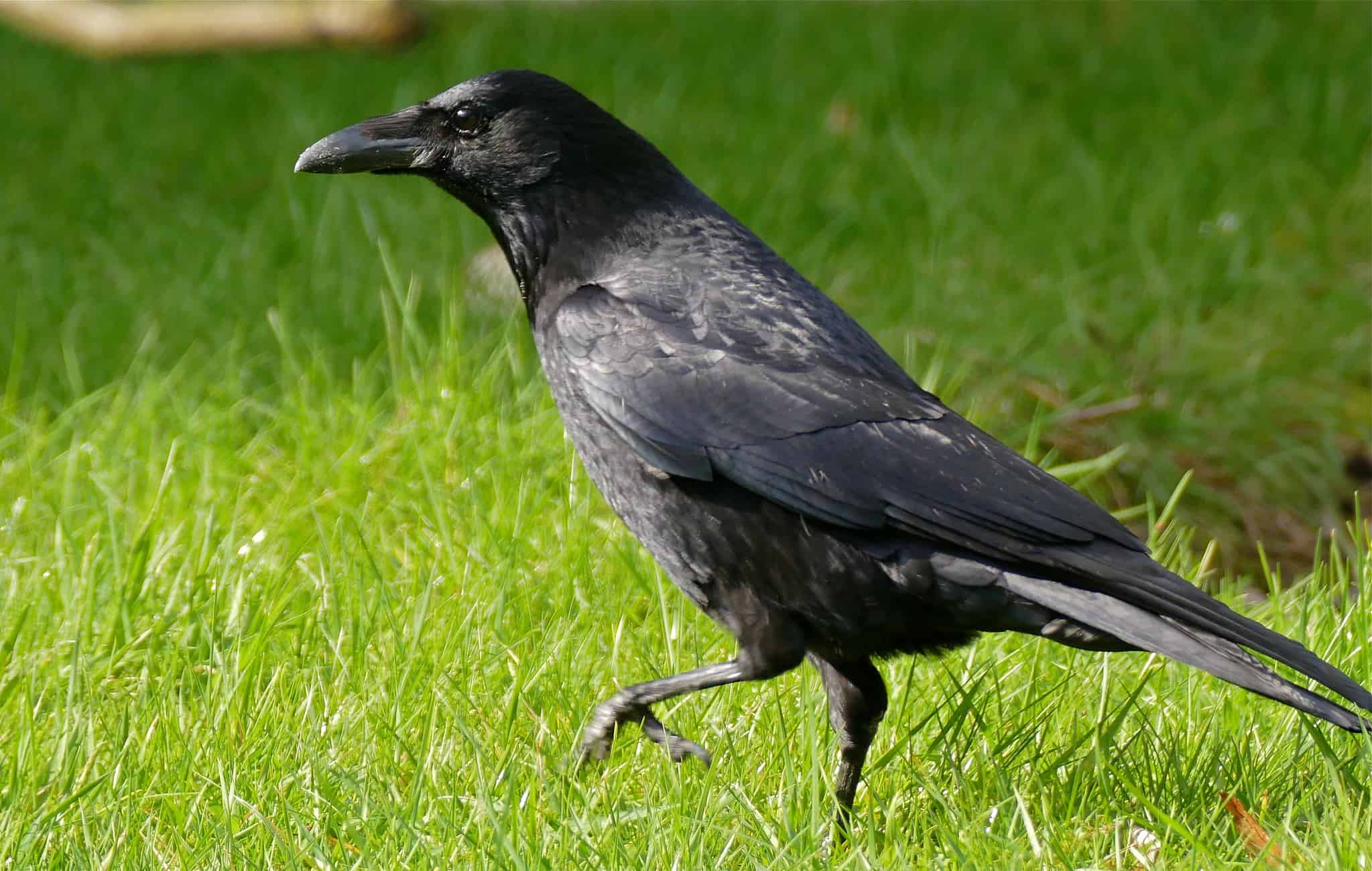By now, it’s no secret that crows are gifted with remarkable cognitive abilities. The internet is packed with videos of crows imitating voices or solving complex puzzles. Now, a new study has found crows are also capable of using statistical inference — using limited information about a situation to come up with conclusions and then make a decision.

Researchers at the University of Tübingen in Germany trained two carrion crows (Corvus corone) to peck at images on a touchscreen and earn food treats. They then made this more complex by introducing the concept of probabilities, meaning that not every peck would lead to a reward. Crows learned to link specific images to different chances of gaining a reward.
The two crows were trained to link nine different images with reward probabilities ranging from 10 to 90 percent. After 10 days of training and over 5,000 trials, the researchers found that, when faced with multiple images, the crows continued to choose the image related to the higher probability of reward. This shows their capacity to use statistical inference.
“Crows were tasked with learning rather abstract quantities (i.e., not whole numbers), associating them with abstract symbols, and then applying that combination of information in a reward maximizing way,” Melissa Johnston, one of the authors of the study, published this week in the journal Current Biology, told Ars Technica.
Another level of smart
The ability to use probability as a reasoning tool was considered for many years to be an adult human trait. However, studies showed that very young children already have the ability to a certain degree. Similarly, statistical inference was found in great apes, long-tailed macaques, giraffes and keas, a parrot species commonly found in New Zealand.
Adding crows to the list probably isn’t a big surprise to many, considering how smart they are. They have a large brain for their size and a noticeable forebrain, associated with analytical and statistical reasoning in humans. Researchers have found crows doing activities such as playing games and using tools.

In their study, the researchers found that crows could make statistical inferences by repeatedly choosing the images that had higher reward possibilities. Both crows chose the higher reward 76% of the time. They were also even more likely to pick the image with the higher reward when that choice included a reward probability of over 50%
The researchers tested the crows one month after the initial experiment and found the crows surprisingly remembered the reward probabilities, choosing the highest number every time. “Working with the birds every day is very rewarding. They are very responsive animals, so I enjoy spending time with them,” Johnston told Ars Technica.
Overall, the study doesn’t only show that more animals than previously known can use statistical inference but also helps to change the public perception of crows, historically symbolizing death. They are in fact remarkable animals and there’s probably still a lot to learn from them, with researchers such as Johnston helping us to better understand them.


